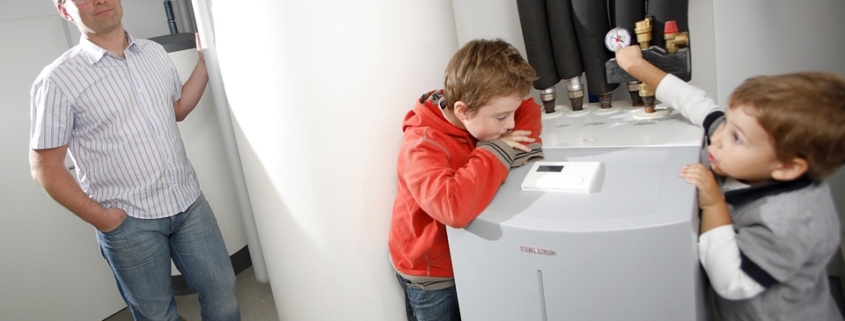
What are buffer tanks and their purpose ?
A buffer tank is designed to help decrease the cycling of a heat source, or to store thermal energy generated for use later when required. Buffer tanks hold or store a volume of heated water, which is generally “heating water” that runs through your heating system (hydronic systems),such as underfloor heating or radiators. In essence they are thermal storage tanks, as they store the thermal heat generated in the water, this thermal heat or energy is used at a later point.
A buffer tank is typically thought of as a device that stores thermal mass (similar to a “flywheel” as such) so that a heating or cooling supply doesn’t cycle too much as lower load requirements cycle on and off for the heat pump system. By reducing heat pump cycling frequency, you also can reduce running costs. Also thermal stores for solid fuel appliances such as a biomass boiler or log burner must be used for the dissipation of heat from the appliance into the buffer tank in the event of a pump or power failure.
The heat source that feeds or powers the buffer tanks can be anything from a boiler (gas, oil, solid fuel, wood, biomass or electric boilers), solar, ground source heat pump units or air source heat pumps depending on system design.
A water buffer tank can also be used on chilled water systems or the cold user side of an air conditioning system. The tank is utilised as a storage tank to accommodate peak loads or situations where demand exceeds the cooling system’s capability.
When there is a variable cooling demand, a buffer tank is always used. The tank is utilised as storage in these applications to accommodate peak loads or instances where demand exceeds the cooling system’s capacity.
These tanks expand the thermal capacity of a chilled water system while also assisting in the temperature control of the return water. As a result, the compressor cycles are reduced, and temperature control is improved as the appropriately sized buffer tank provides enough volume to “buffer” the system’s volume.
Buffer hot water storage tanks – hot water heating / hydronic systems
Domestic hot water storage tanks are often used with water heaters as a heat source to account for peak demand volumes in the hot water systems, they are also referred to as a hot water storage vessel or hot water buffer tank . We can offer a range of tanks , that are either stainless steel or vitreous enamelled steel anti-corrosion treatment which is a solution for metal protection. Because of its strong resilience to ageing, the enamel used is inert and not prone to corrosion. It has almost negligible moisture absorption and maintains thermal stability at both high and low temperatures, therefore temperature ranges from -5°C to +90°C are well supported by this vitreous enamel, even when subjected to many cycles of maximum stress to the buffer tanks.
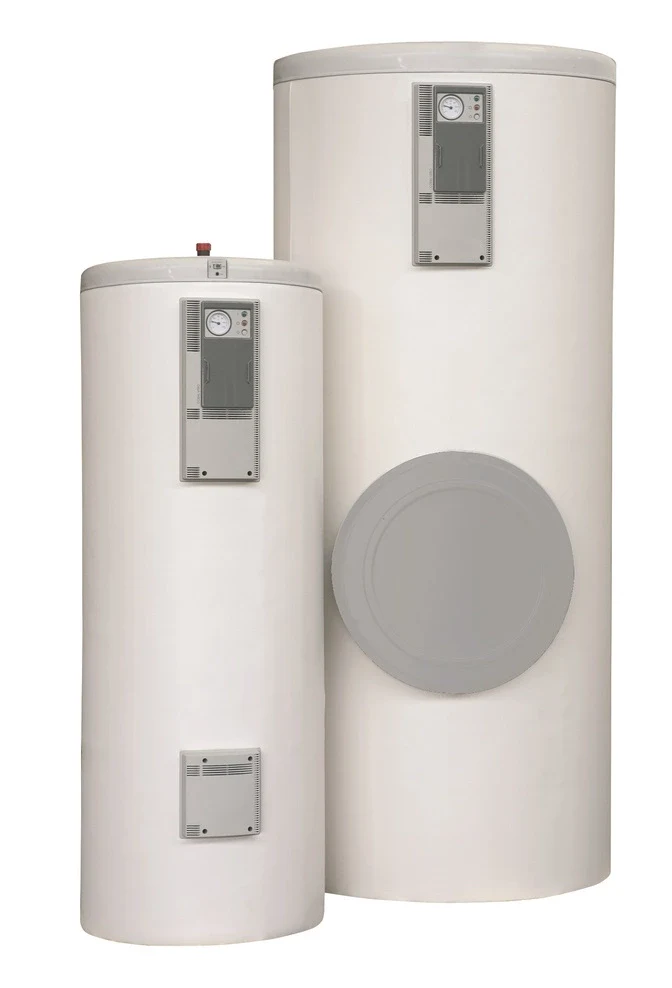
Buffer Tanks -200 to 1,500 litres – Hot water storage tanks /vessels for domestic or sanitary water hot water system – vitreous enamelled mild steel or stainless steel options
and must incorporate protective anti corrosive systems within the buffer tank, such as sacrificial magnesium anodes or permanent electronic anodes.
We do a full range of stainless steel or lined mild steel domestic hot water buffer tanks from 200 to 5000 litres in capacity in a vertical or horizontal configuration, and with or without an inspection port / manhole.
With vertical mounted or even customized dimensions to fit site needs, and available accessories such as a magnesium anode or an electronic anode for enamelled versions, stainless versions do not really require any protection of the buffer tanks.
Dimensions of the 200 to 1,500 litre buffer tanks
Our 800 litre to 1,500 “RB “version buffer tanks that have a 400mm diameter clean out or inspection port of the water heating storage tank system (also available in stainless steel versions as well as the standard enamelled mild steel construction)
We have a dedicated webpage that goes into more depth on our domestic hot water storage tank range.
These are not thermal stores. In a thermal store the domestic hot water is heated by passing through a heat exchanger ( normally a coil), which transmits the heat from the heated store into the domestic sanitary water.
Heat pump buffer
When air source heat pumps are used as a heat source, buffer tanks are required since they provide the energy for defrosting at low exterior temperatures. At low ambient temperatures, an air source heat pump will defrost the evaporator to remove ice build-up, usually by switching to reverse cycle operation. The condenser of the heat pump temporarily becomes the evaporator of the heat pump during this cycle, removing heat from the heat sink and starving the building’s heating system. This is where the buffer tank / thermal store / storage tanks comes into play, as it has the hot water to satisfy the hydronic systems requirements whilst this process is happening.
Furthermore, when the ambient outside temperature lowers, the performance of a heat pump decreases ( an air source heat pump), while the heating demand of the property rises. As a result, a heat pump’s efficiency and heat production will decline as the year progresses. In the United Kingdom, the normal daily temperature swing would allow the heat pump to heat a thermal storage tank during the day when the heating system demand is low, giving a ready source of heat for when the heating system demand rises and the heat pump performance lowers. This is reason that buffer tanks are used on heat pump heating systems or a heating distribution system to reduce heat pump cycling.
The heat pump should not start more than three times per hour, according to British Standard BS 14511:2011. This is owing to the compressor motor’s comparatively large starting current and the potential influence on the local electrical supply infrastructure, be it for ground source heat pumps or air heat pump system, and also to reducing running costs.
The rule of thumb for heat pump sizing for the buffer tank – the volume of the thermal buffer tanks should be approximately 25 litres of water per kW output of heat pump capacity for defrosting purposes and to prevent cycling at low heat loads of the HVAC systems.
Firstly our 50 to 6,000 litre volume ErP rated buffer tank range – with out coil or with coil connections additional heat sources such as solar, geothermal systems or a ground source heat pump etc.
Download – Buffer Tank Brochure 50 to 6,000 Litre ErP rated – Flexiheat UK
The tanks for heat pumps are mild steel construction, and the heat pump installer should ensure that the buffer tanks are adequately protected against corrosion from the heating system
Amount of stored energy data for our buffer tanks – Flexiheat UK
Geothermal systems
Geothermal systems or ground source heat pump water heating systems don’t take heat from the air, but rather heat from the ground. This heat (thermal heat) is guaranteed as such, and thus by not relying on heat in the air, they don’t suffer from these issues.
Calorifiers
Storage tanks or buffer tanks are not to be confused with calorifiers, these have coils within the tanks, and these coils hold heating water, that transfers the heat or thermal energy from the heating systems water into domestic hot water, as it is a heat exchanger- thus they are designated a hot water cylinder for potable water use, such as your taps, shower, and bathing.
High gain indirect twin coils tanks are also available with solar heat provided to the tank either through solar thermal system such as solar solar thermal system liquid collectors ( a liquid absorbs the solar heat) or solar photovoltaic (solar PV) panels providing electric to power immersion heaters in the tank.
Air source heat pumps tank size
It is highly advised you seek best guidance from the heat pumps manufacturer. The guidance of manufacturers will be crucial in determining the most appropriate size of buffer tank for a certain heat pump package.
This prevents the heat pump from short cycling and provides a bypass mechanism to keep the heat pump running at a minimum flow rate even if the majority of the heating zones have closed down. To maintain the heat pump running properly, both the minimum flow rate and the minimum volume of water in the circuit are required and reduce running costs.
Hydronic systems water storage vessels
So, whether you require a hot water buffer tank or buffer tanks for boilers, heat pumps, biomass or for chillers (chilled water buffer) we have the full range at Flexiheat UK, call our sales team on 01202 822221 or use our email contact above on the web page.

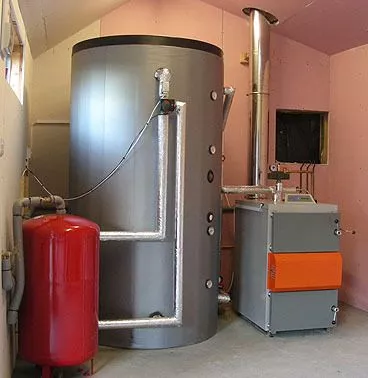
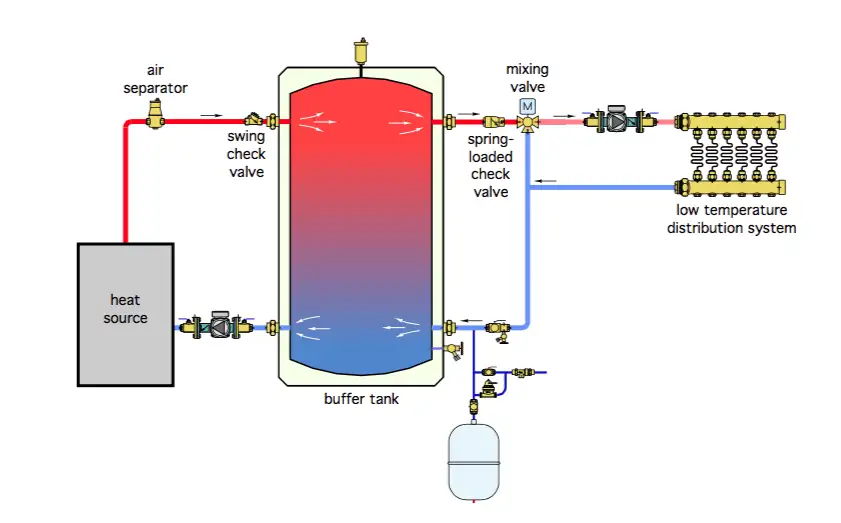
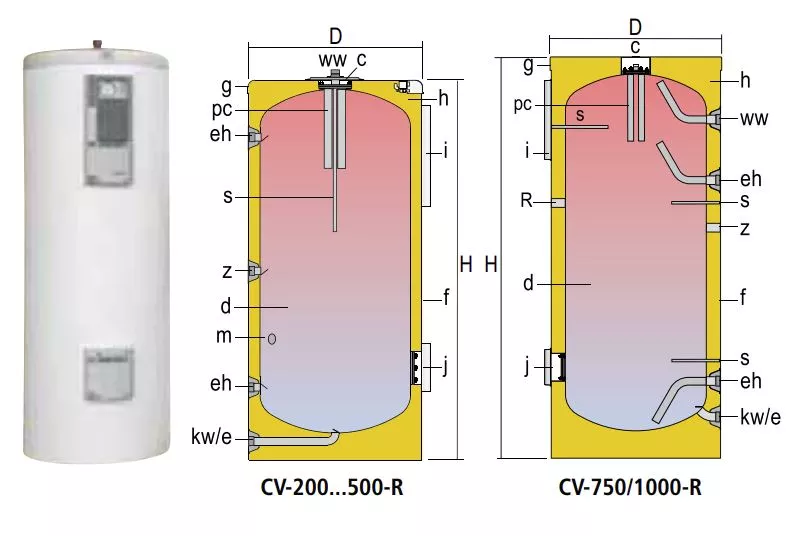

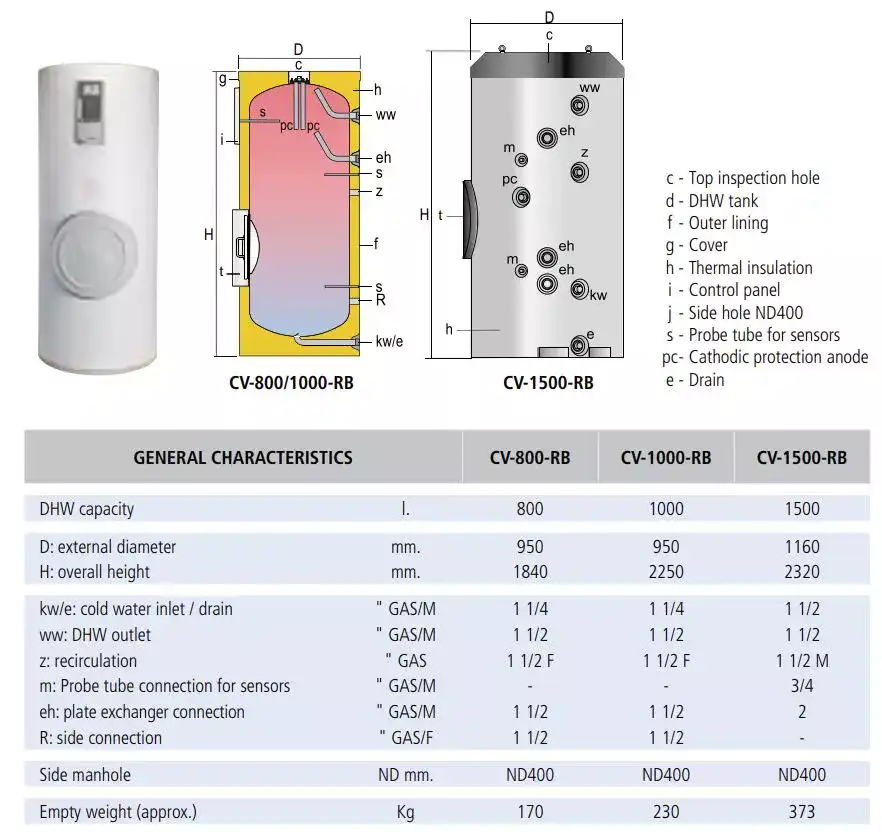
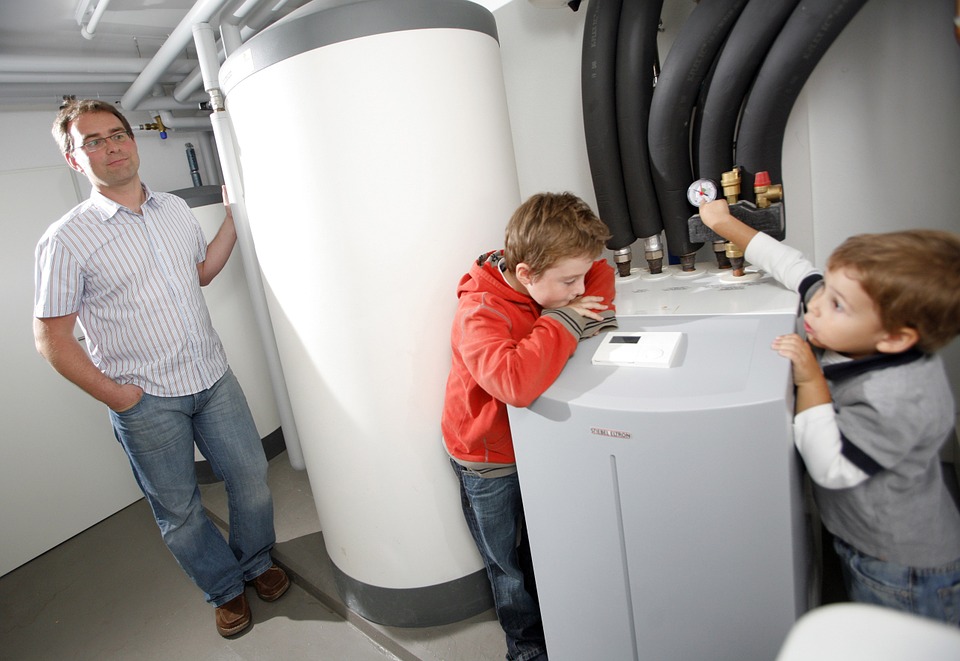
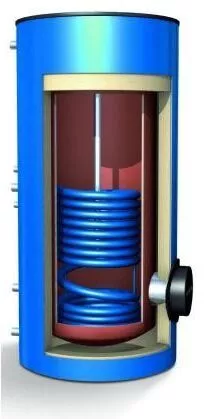
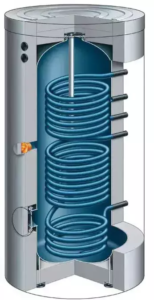
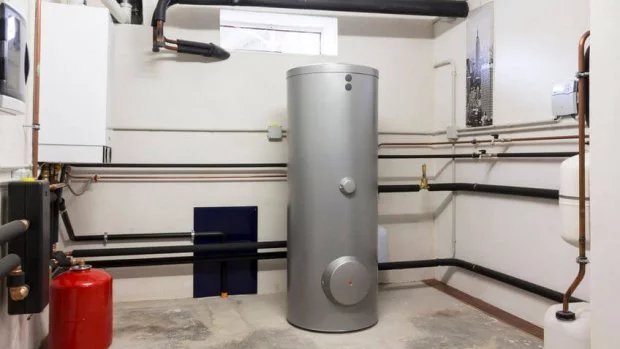
 Flexiheat UK
Flexiheat UK Flexiheat UK
Flexiheat UK